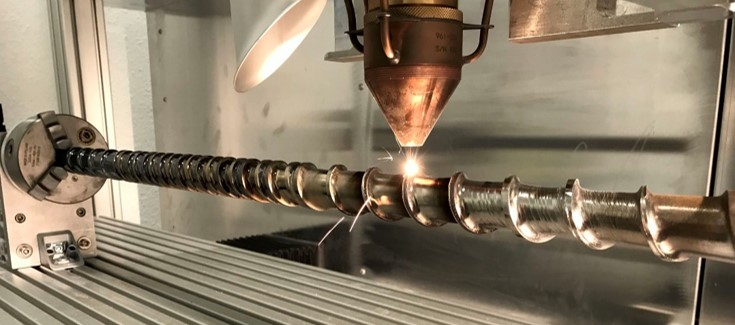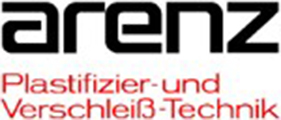CHALLENGE
Extruder screws are needed in the food industry as well as in manufacturing where viscous material needs to be transported through pipes. Sizes of such screws range from a few centimetres to metres in diameter while the complex 3D shape is common to all of them. This shape is what makes extruder screws difficult to create and expensive. The functionality of such a screw however is defined by its extrusion efficiency which diminishes over time through wear on the outside. Refurbishing of such screws preserves the material and energy resources that went into their creation but it is difficult to efficiently reach the required geometry. After a grind-down step, the actual geometry needs to be measured to feed the required build up to a laser-based metal deposition system. If this was integrated in one ICT based data processing and robot-based execution system, then repair would become possible on the fly.
BENEFIT
The MALCES system aims to apply a geometry scanning system for acquisition of actual construction data as an input to the path planning system. Therein, an automated parameter selection will provide the needed parameters to create a processing path which in turn is transferred to the robot for laser-based cladding of metal. The integration of all these systems will bring an increase in efficiency and a reduction in the need for manual intervention. The key advantage however is, that through the integration into one machine, the processing can be adapted to actual build up rate. Therefore, the MALCES system might be one of the first systems that implement a near-net shape repair of extruder screws.
ACHIEVEMENT
MALCES achieved a huge step forward in “digitising” the Laser Metal Deposition process (LMD). Aiming at repair processes, the precise scanning of the work piece was implemented trough a cost efficient laser line scanner. This enables the acquisition of data of the worn geometry towards an actual CAD-Model of the workpiece. Based on this Digital Twin, NC-Tracks are calculated to the LMD process.
The target of the process enhancement for the LMD process its self was set to double the processing speed for an economic viability of the overall solution. The validation in a production-like scenario proved an increase from 18 mm/min for of the PTA process to 45 mm/min with the MALCES process. The impact of automated work piece scanning and process improvement thus is fourfold.
 Fraunhofer Institute for Laser Technology ILT
Fraunhofer Institute for Laser Technology ILT


